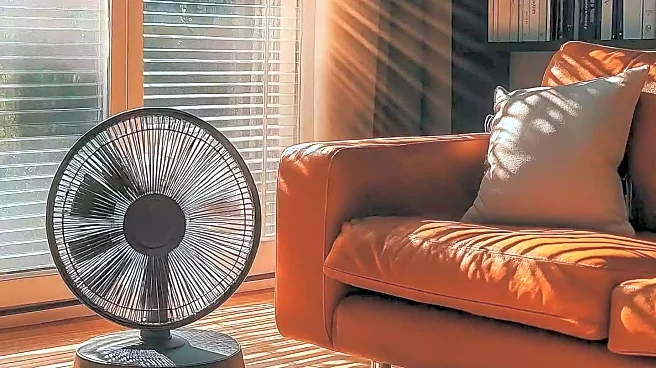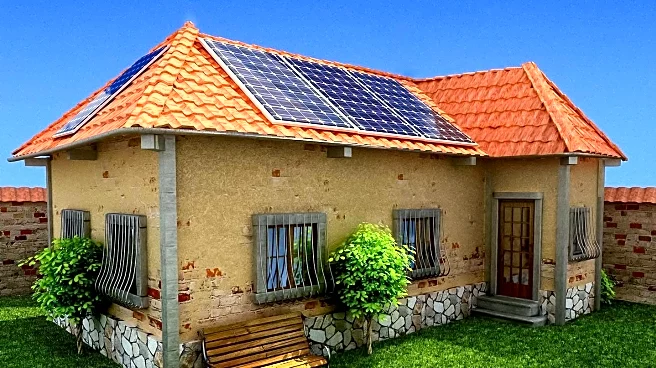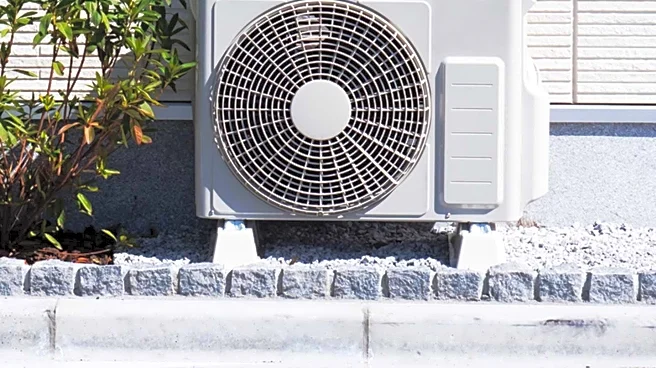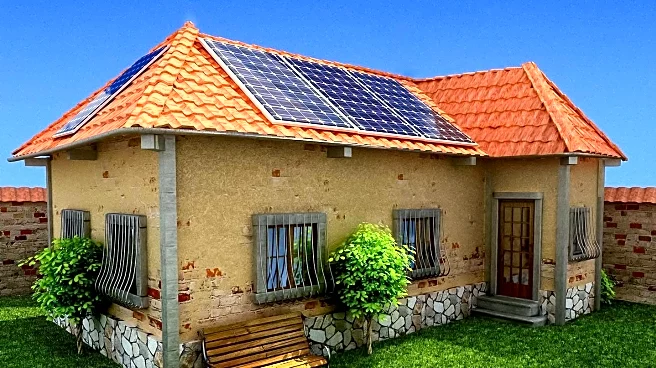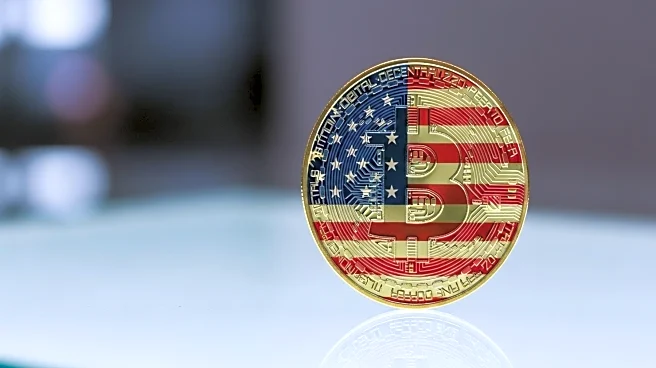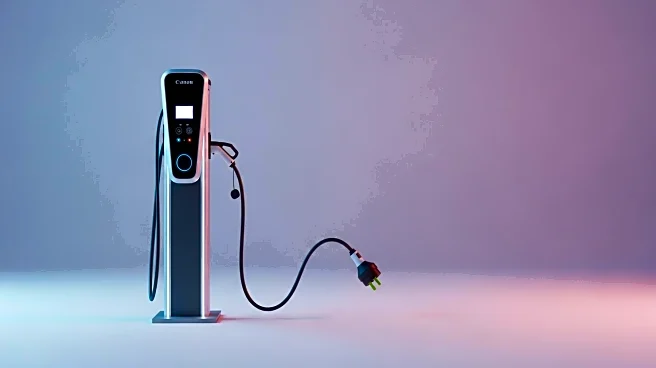What's Happening?
As late-season heat waves persist across the United States, many households are experiencing increased electricity bills due to continuous air conditioning use. To combat these rising costs, experts suggest implementing smart home technologies and simple adjustments. Smart thermostats, such as those from Ecobee or Nest, can help regulate heating and cooling more efficiently, even when residents are not home. These devices allow for remote adjustments via smartphone apps or voice commands, optimizing energy use. Additionally, using ceiling fans effectively can make rooms feel cooler, allowing for higher thermostat settings without sacrificing comfort. Other recommended strategies include conducting home energy audits to identify and seal leaks, strategically placing thermostats away from heat sources, and using blinds to block out sunlight during peak hours.
Why It's Important?
The adoption of smart home technologies and energy-saving practices is crucial for managing household expenses, especially during periods of extreme weather. By reducing reliance on air conditioning, homeowners can significantly lower their utility bills, contributing to overall energy conservation efforts. This shift not only benefits individual households financially but also supports broader environmental goals by decreasing energy consumption. As energy costs continue to rise, these strategies offer a practical solution for maintaining comfort without financial strain. The integration of smart devices into home management systems represents a growing trend towards more sustainable living practices, with potential long-term benefits for both consumers and the environment.
What's Next?
Homeowners are likely to continue exploring and adopting smart technologies as part of their energy management strategies. Utility companies and local contractors may see increased demand for home energy audits, as consumers seek to optimize their energy efficiency. Additionally, manufacturers of smart thermostats and ceiling fans could experience a rise in sales as more people become aware of the cost-saving benefits these devices offer. As awareness grows, there may also be increased advocacy for policies that support energy-efficient home improvements, potentially leading to incentives or rebates for consumers who invest in these technologies.
